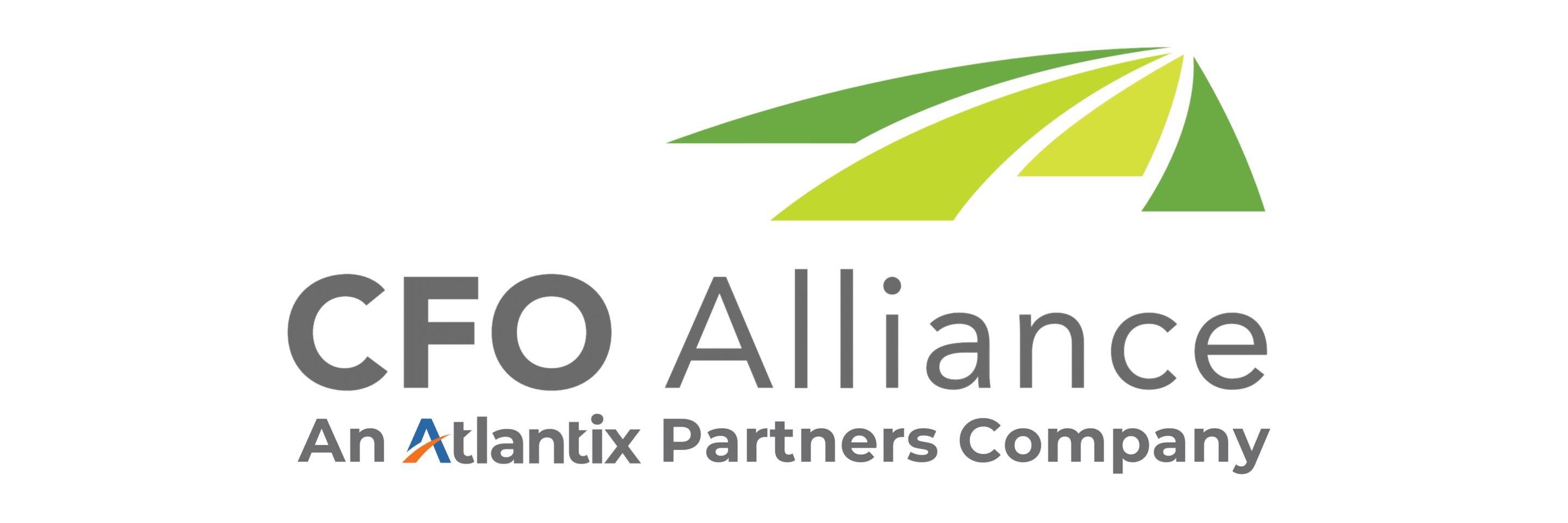Why Your Controller Should Get You Financial Statements In 10 Days
Decisions, decisions, decisions. 
When starting or running your own business, there is no shortage of choices to make. And it’s likely that most of these decisions need to be made quickly, too. But how do you know you’re making the right decision – and what information are you relying on?
We’d venture that more often than not, you’re relying on financial information. But how quickly is that being provided to you on a monthly basis?
If your answer is more than 10 days after the end of the month, you’re in the majority company of other small business owners – but this isn’t good company to keep. Why?
Because you need accurate financial information quickly – before it’s too old to be relevant – and thankfully, it’s not as hard as you may think to make this dream a reality.
How to Get Financial Statements in 10 Days
So here, we’ve compiled a list of what can help you achieve that lofty – but totally attainable – goal.
Standard Chart of Accounts

The first thing you need is a standard chart of accounts for your bookkeeper/controller in order to help them make better decisions when categorizing transactions. Additionally, having a standard chart of accounts ensures that costs aren’t accumulated in accounts that aren’t easily categorized when conforming into a balance sheet or income statement. This, in turn, leads to more reliable data outputs for your decision-making process.
At CFO Alliance, we provide standard, industry-specific charts of accounts to Accounting as a Service clients to help make their lives – and those of their finance team – that much easier.
Identify Month-End Closing Processes and Workload
One of the struggles of completing month-end close in fewer than ten days is the sheer volume of work that needs to be done. We’re astonished by how many companies do not maintain a standard month-end closing checklist to track critical steps. A robust and thoughtful checklist is essential to track, categorize, and schedule the tasks need to be accomplished in a logical order.
Often, there are closing steps that can be accelerated and completed prior to the end of the month. Identifying these tasks and ensuring they are completed ahead of time will allow your accounting team more breathing room during the month-end closeout process and up your chances that they can produce financial statements in fewer than 10 days.
Identify Automation Opportunities
Is it taking too long to reconcile to the bank statement? This would be a good time to find improvements in those processes. Look for ways that AI can help you complete simple tasks quickly and accurately to help things run more smoothly and allow your books to be closed quicker.
At CFO Alliance, we’re well versed in using AI to help complete simple tasks and bringing peace of mind to our entrepreneurs.
Look for Process Problems
Are your underlying processes the culprit? If your Controller is complaining that it is impossible to close the books quickly because they can’t get the data they need, this is a hallmark sign that processes need attention. Unruly, unstructured operational processes can wreak havoc for the accounting department. But don’t fret. This is just a signal that you and your team need to introduce a bit of structure and routine to the challenging processes.
Set A Reasonable Closeout Schedule
You don’t have to evolve from a 30-day close cycle to a five-day close in one month. Set timelines for yourself and your team with the end goal of a five-day – or shorter if you’re feeling ambitious – close cycle. A transition like this doesn’t happen overnight, especially if you want it done well. Allow your team time to adjust their schedules and create deadlines that challenge them while still being careful to make sure there’s enough time to get the work done accurately.
On a similar note, it’s good to be aware that quarter-end and year-end are stressful times for accountants in any business. Meeting with your accounting team and agreeing upon an extra day or two depending on the amount of work to be done can be helpful for everyone. That extra day can allow for fewer errors which will reduce the chance that you’ll have to open the books to change a mistake later.
With this road map, you’ll be well on your way to a quicker financial statements – and better decisions.

